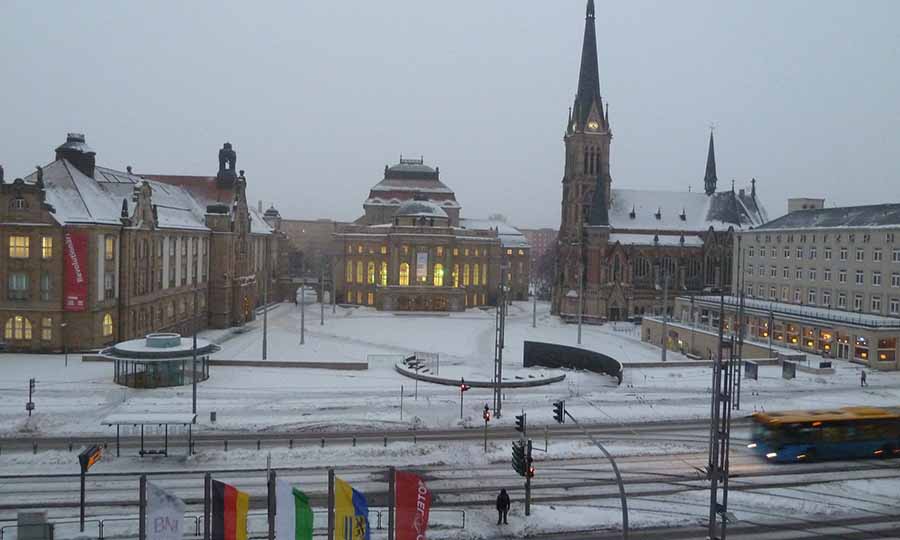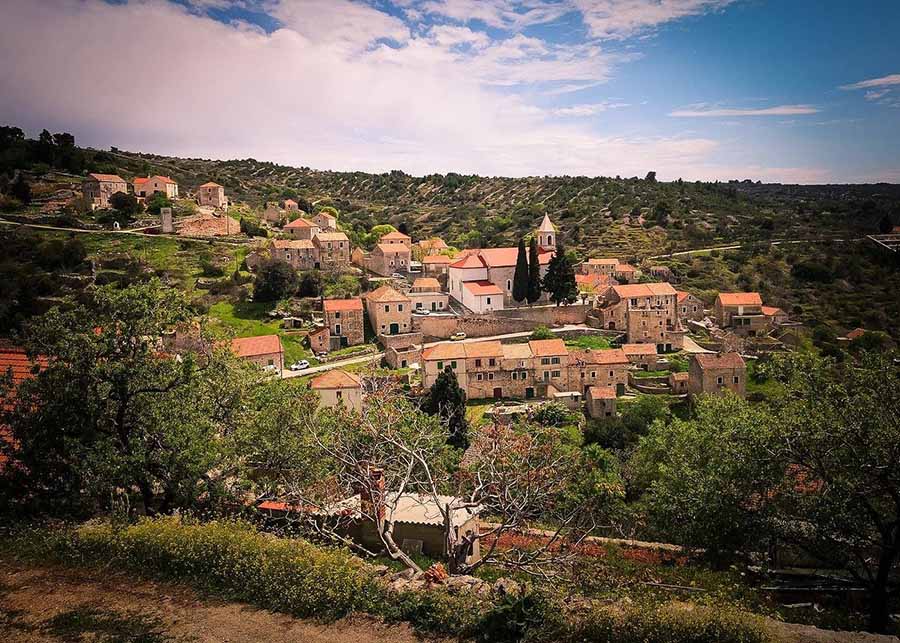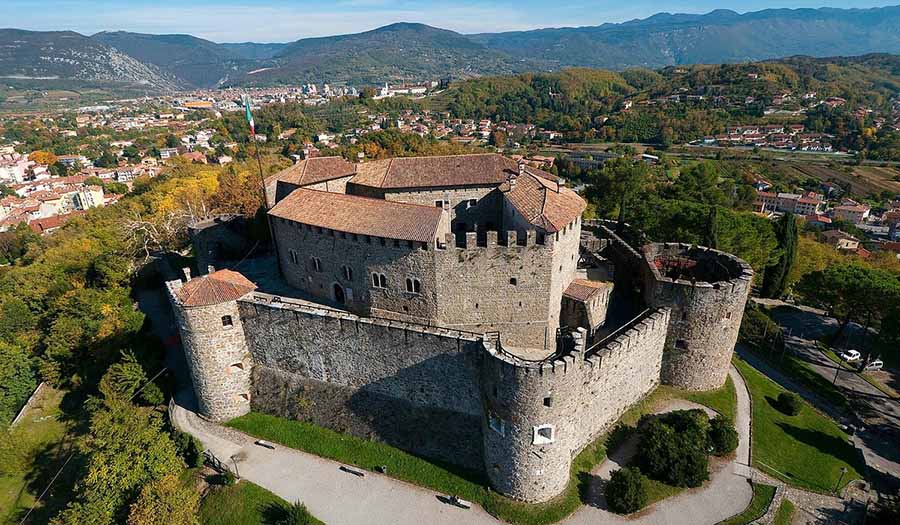
Europe’s new capitals of culture are Chemnitz in Germany and the first cross-border city, the joint bid of Nova Gorica in Slovenia and Gorizia in Italy.
Chemnitz
- Karl Marx Monument : A prominent symbol of Chemnitz, this massive bronze statue of Karl Marx stands 7 meters tall and is located in the city center. It was unveiled in 1971, serving as a reminder of the city’s socialist past.
- Chemnitz Art Collections : Housed in the former Royal Palace, this museum features an extensive collection of paintings, sculptures, and decorative arts. It showcases works from the European Renaissance to contemporary art, highlighting local and international artists.
- Schlossberg : This scenic hill offers stunning views of Chemnitz and is home to the remains of an old castle. The area is perfect for a relaxing stroll or a picnic, with plenty of green space and walking trails.
- Museum Gunzenhauser : An art museum focusing on 20th-century expressionism, the Gunzenhauser Museum features works from noted artists such as Otto Dix and Ernst Ludwig Kirchner, providing insight into the art movements of that era.
- Sächsisches Industriemuseum (Saxony Industrial Museum) : Dedicated to the region’s industrial heritage, this museum highlights Chemnitz’s history as a hub of machinery and textile production, featuring historic exhibits and interactive displays.
- St. Peter’s Church (Petri-Kirche) : This gothic-style church dates back to the 13th century and is notable for its beautiful architecture and impressive stained glass windows. It serves as a significant landmark in the city.
- Chemnitz Opera House (Theater Chemnitz) : An architectural gem, the opera house hosts a variety of performances, including opera, ballet, and theatre. It is known for its diverse programming and cultural significance in the region.
- Burg Rabenstein : Located just outside Chemnitz, this historical castle offers a glimpse into medieval architecture and history. Visitors can explore the grounds and enjoy various events held throughout the year, including medieval fairs.
- Karl-Marx-Stadt Center : A shopping and recreational hub, this area features a variety of shops, restaurants, and entertainment options. It’s a lively place to experience local cuisine and culture.
- Rosengarten (Rose Garden) : This beautifully landscaped garden is a peaceful oasis in the city, featuring a variety of rose species and walking paths. It’s an ideal spot for a quiet afternoon or leisurely stroll amidst nature.
- https://chemnitz2025.de/en/

Nova Gorica/Gorizia
- Solkan Bridge : This impressive stone bridge, built in the late 19th century, features a stunning arch that spans the Soča River. It is one of the largest stone arch bridges in Europe and offers beautiful views of the surrounding landscape.
- Kostanjevica Monastery : Located in Nova Gorica, this historical monastery is known for its impressive Baroque architecture and the beautiful surrounding gardens. It is also the burial place of the Bourbons, a former French royal family.
- Gorizia Castle : A dominant feature of the Gorizia skyline, this medieval castle offers panoramic views of the town and the Soča Valley. Visitors can explore its ruins and learn about the region’s history.
- Taverna delle Cantine : This wine cellar and restaurant in Gorizia offers visitors a taste of local cuisine and wines, showcasing the region’s rich culinary traditions. The friendly atmosphere makes it a great spot to relax and enjoy the local flavors.
- Simon Gregorčič Memorial Room : This museum in the center of Nova Gorica is dedicated to the famous Slovenian poet, Simon Gregorčič. It features exhibits about his life, works, and contributions to Slovenian literature.
- Vila Maestoso : A neoclassical villa located in the heart of Nova Gorica, Vila Maestoso is notable for its beautiful architecture and gardens. It hosts various cultural events and exhibitions throughout the year.
- The Gorizia Ghetto : A historic area that reflects the multicultural past of Gorizia, it has numerous charming streets and buildings that showcase its rich Jewish heritage.
- St. Ignatius Church : This Baroque church in Nova Gorica features stunning frescoes and a beautiful altar. Its peaceful atmosphere makes it a lovely place to visit for reflection and appreciation of art.
- The Great Peace Park : A park located on the border of Nova Gorica and Gorizia, it serves as a symbol of peace between the two nations. The park features walking paths, sculptures, and pleasant green spaces for relaxation.
- The Museum of Modern and Contemporary Art : Situated in Gorizia, this museum showcases a diverse collection of modern and contemporary artworks from both national and international artists, providing insight into current artistic trends.
- https://www.go2025.eu/en




